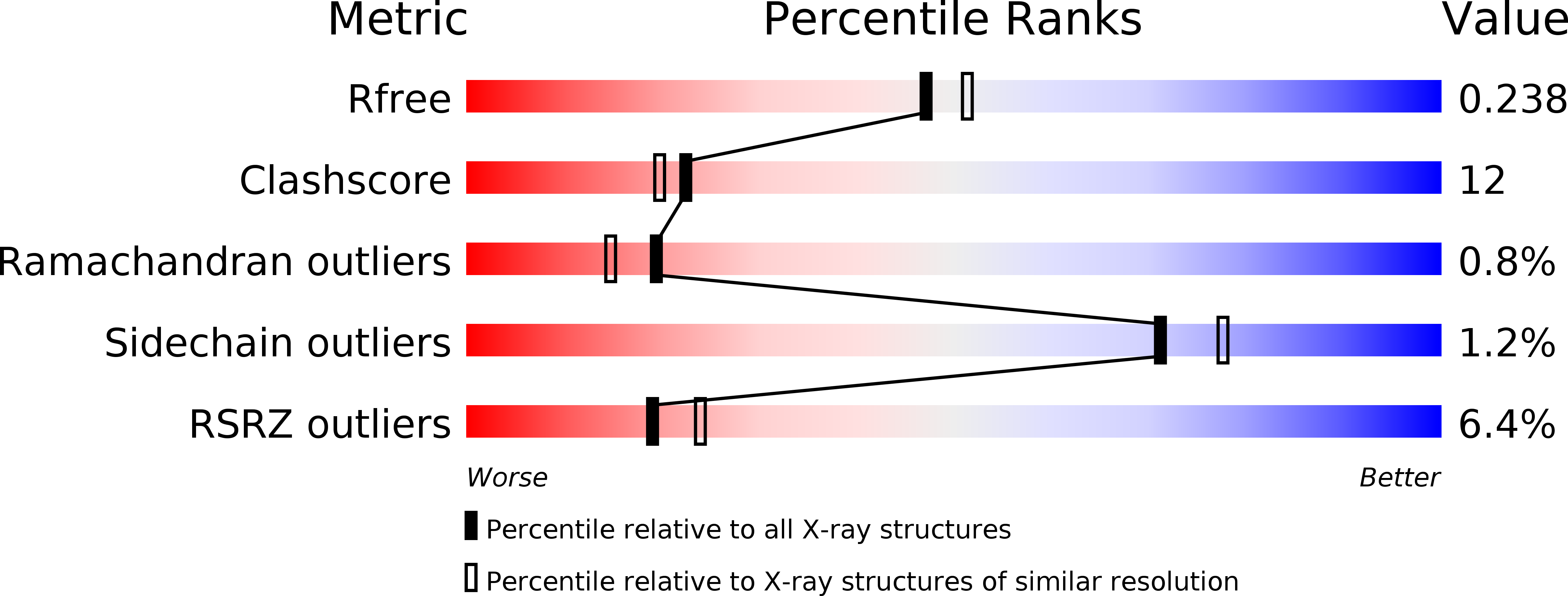
Deposition Date
2009-12-30
Release Date
2011-01-12
Last Version Date
2023-11-01
Entry Detail
PDB ID:
3AC9
Keywords:
Title:
Crystal structure of human NUDT5 complexed with 8-oxo-dGDP and manganese
Biological Source:
Source Organism:
Homo sapiens (Taxon ID: 9606)
Host Organism:
Method Details:
Experimental Method:
Resolution:
2.10 Å
R-Value Free:
0.23
R-Value Work:
0.19
R-Value Observed:
0.19
Space Group:
C 1 2 1


